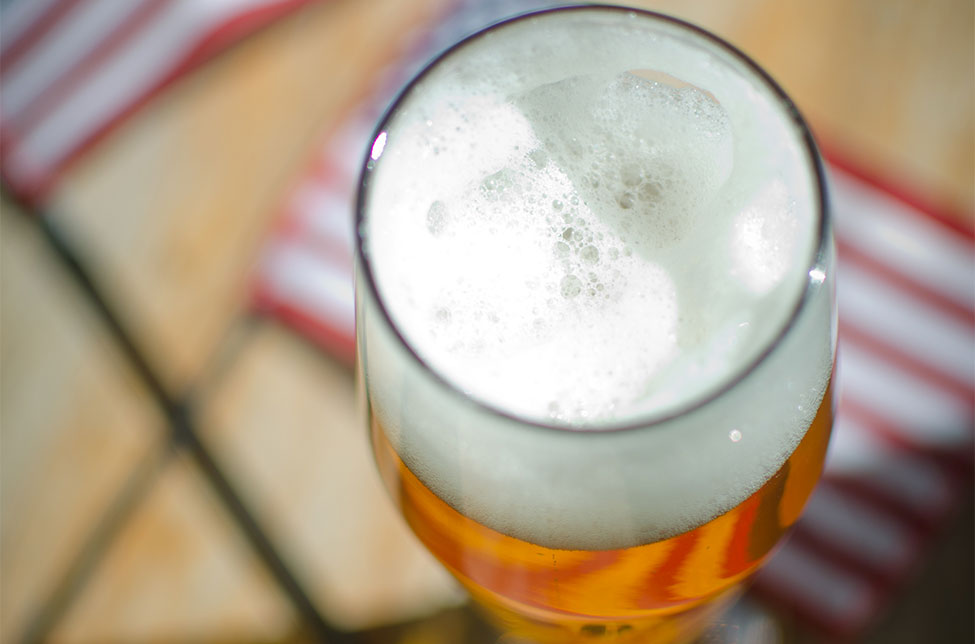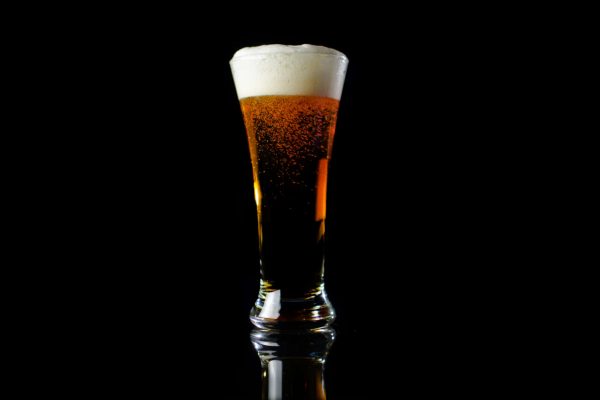
On October 14, 1978, President Jimmy Carter signed bill HR1337, which included the federal legalization of home beer- and winemaking. Shortly after, the American Homebrewers Association was founded by Charlie Papazian and Charlie Matzen, and the first issue of Zymurgy magazine was published in December of that year. On February 1, 1979, homebrewing officially became legal, kicking off the next mission to develop fair laws for homebrewers at the state level. It wouldn’t be until 2013 when Alabama and Mississippi legalized homebrewing that homebrewers could legally make beer in all 50 states.
But while President Carter is often given all the credit for homebrew’s federal legalization, a Senator and House Representative did even more work to make homebrewing legal.
What About Homebrewing?
It may come as a surprise that HR1337 was not originally intended to involve homebrewing at all. Instead, the bill primarily dealt with things like excise taxes on trucks and buses.
It wasn’t until Senator Alan Cranston (D-Calif.) and Representative William Steiger (R-Wis.) introduced Amendment No. 5354 that the motion to legalize homebrewing was added for consideration. This amendment called for fair treatment of homebrewers, which included the ability for adults to brew up to 100 gallons per person, or 200 gallons per household, annually.
There was some concern that the amendment might empower and encourage home-distillation, in addition to home beer- and winemaking, since a beer mash could also be used to make liquor. With the guidance of UC-Davis Professor M. T. Lewis, Sen. Cranston followed up by noting, “virtually any combination of yeast and sugary material is a mash fit for distillation. Baker’s dough qualifies. … Obviously BATF [Bureau of Alcohol, Tobacco and Firearms] Agents are not barging into bakeries and kitchens arresting persons as illegal distillers.”
BATF suggested homebrewers should have to register with the agency as a means of ensuring compliance, but this compromise was dismissed as a “foolish waste of everybody’s time, energy, and money.”
Cranston and Steiger also fought to increase the allowable annual supply of homebrew from 30 gallons to 100 gallons per adult. Cranston considered the volumes at which people typically homebrew and the time it takes and concluded that such a low limit would ultimately “discourage homebrewing.”
So, when you’re thinking back to the people who helped us turn our once-illegal hobby into something acceptable at the federal and state levels, be sure raise a glass to Sen. Cranston and Rep. Steiger.
Sources: “Congress Passes Homebrew” in the Volume 1 Number 1 issue of Zymurgy magazine (December 1978).



Share Post